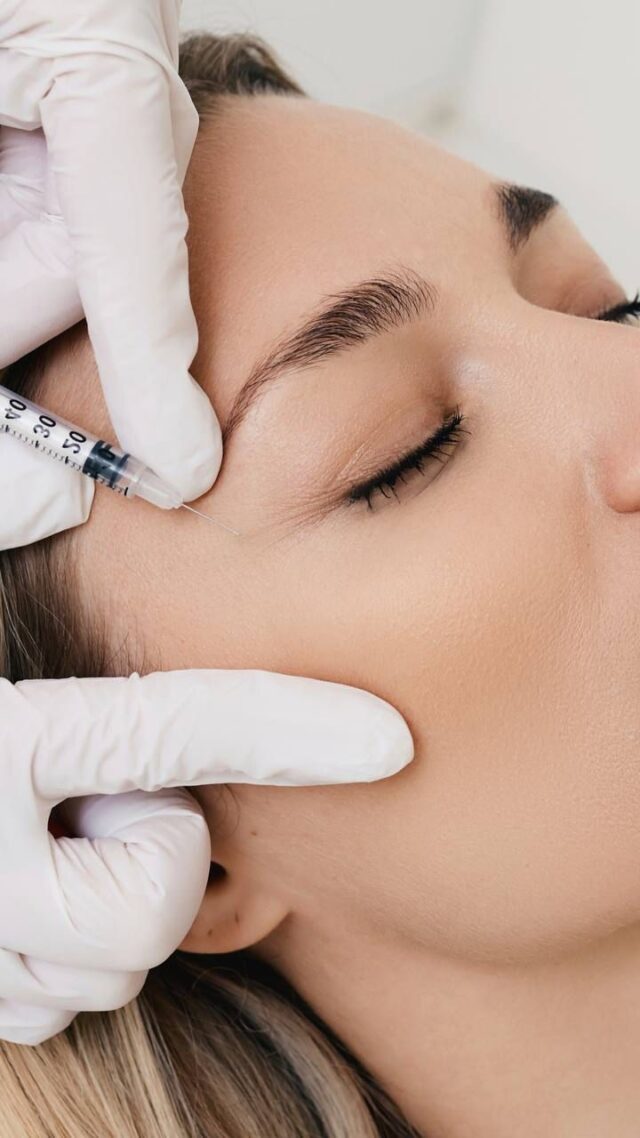
Botox, short for Botulinum toxin, is a neurotoxic protein produced by the bacterium Clostridium botulinum. In cosmetic dermatology, Botox is commonly used to reduce the appearance of wrinkles and fine lines by temporarily paralyzing or weakening specific muscles in the face.
Here’s how Botox injections typically work for cosmetic purposes:
- Consultation: The process begins with a consultation with a qualified healthcare professional, such as a dermatologist or plastic surgeon. During this consultation, your healthcare provider will discuss your concerns, assess your facial anatomy, and determine if Botox injections are suitable for you.
- Treatment Planning: Based on your individual needs and goals, your healthcare provider will develop a personalized treatment plan that outlines the areas to be treated and the amount of Botox to be used. They will also discuss the expected results and any potential risks or side effects.
- Injection Procedure: On the day of the treatment, the skin is cleansed and prepared for the injection. Botox is then injected into specific muscles in the face using a fine needle. The injections are typically administered in targeted areas, such as the forehead, between the eyebrows (glabellar lines), and around the eyes (crow’s feet).
- Muscle Relaxation: Botox works by blocking the release of acetylcholine, a neurotransmitter that signals muscles to contract. By temporarily relaxing or weakening the targeted muscles, Botox helps smooth out wrinkles and fine lines, creating a more youthful and refreshed appearance.
- Immediate Results: Botox injections provide immediate results, with noticeable improvements in the appearance of wrinkles and fine lines visible shortly after the treatment. However, it’s important to note that the full effects may take several days to develop as the muscles gradually relax.
- Follow-Up: After the treatment, your healthcare provider may schedule a follow-up appointment to assess the results and address any concerns or touch-up treatments if necessary. They will also provide instructions for post-treatment care to optimize and maintain the results.
Botox injections are commonly used to address various cosmetic concerns, including:
- Forehead lines: Horizontal lines that form across the forehead when raising the eyebrows.
- Glabellar lines: Vertical lines that appear between the eyebrows (frown lines) when frowning or squinting.
- Crow’s feet: Fine lines and wrinkles that develop around the eyes, typically due to smiling or squinting.
Botox injections are generally safe when administered by trained professionals, but they may carry some risks and side effects, such as bruising, swelling, redness, or drooping eyelids. Therefore, it’s crucial to undergo treatment under medical supervision and follow all post-treatment instructions provided by your healthcare provider.

